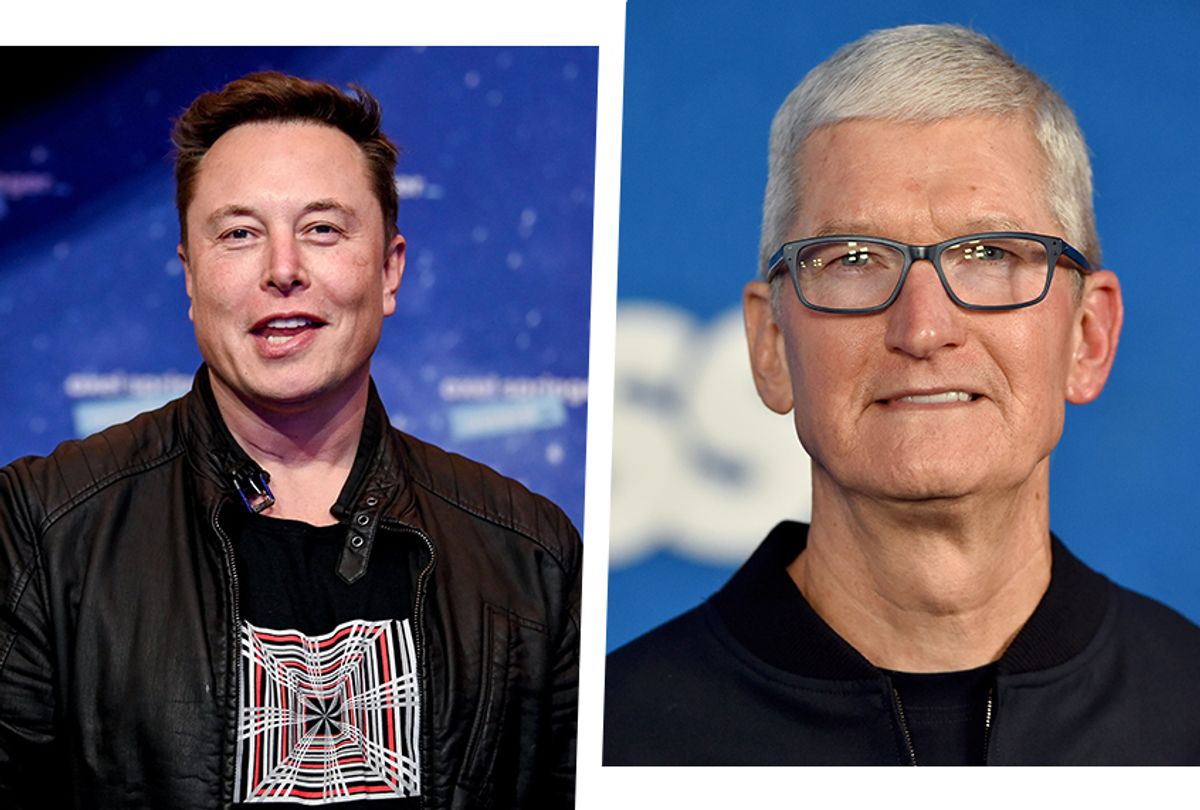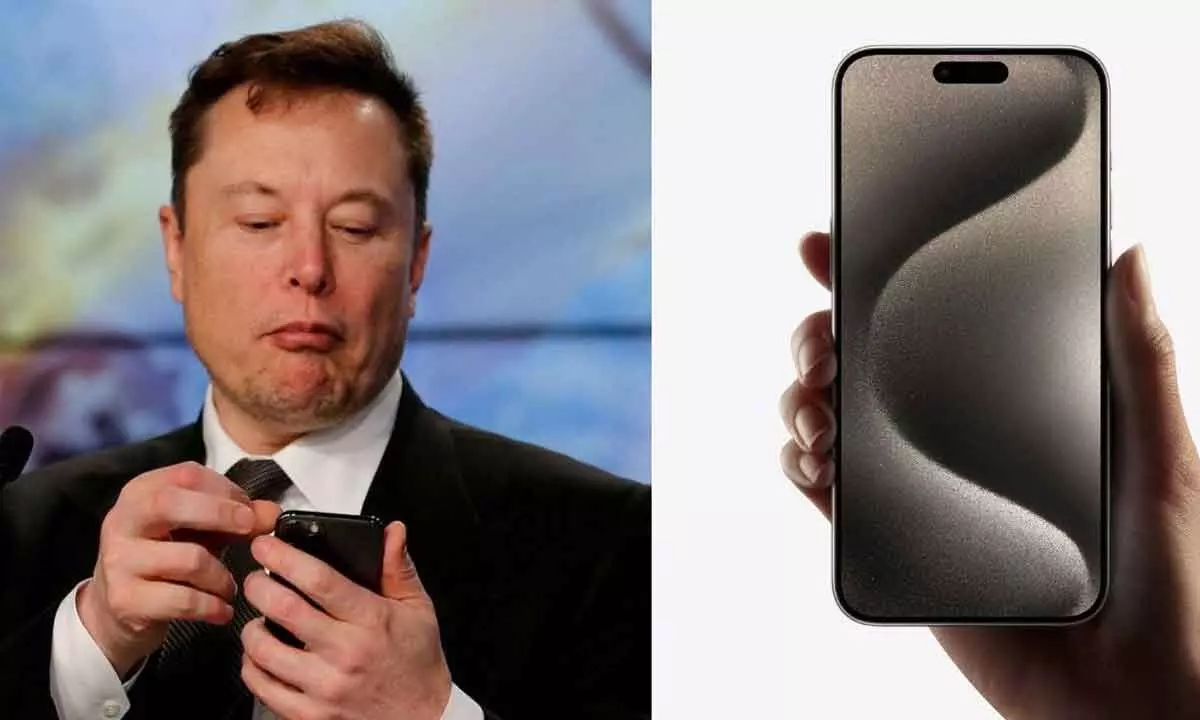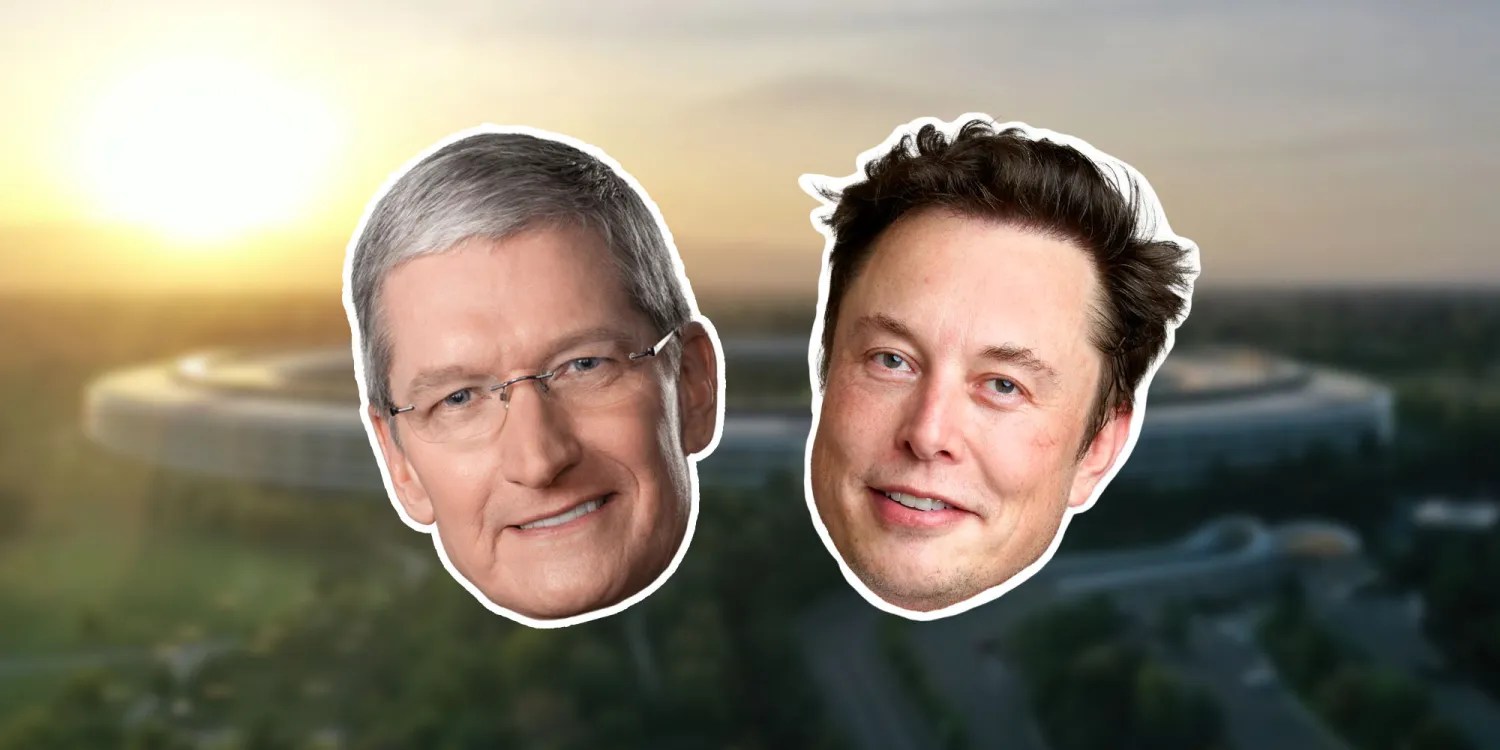In the world of technology, battles for supremacy often take place quietly behind closed doors. However, the latest clash between two of the most influential figures in the industry—Apple and Elon Musk—has the potential to shape the future of global communications. This new contest revolves around the race to eliminate the so-called “Internet dead zones,” or areas where traditional wireless signals fail to reach.
Both Apple, the creator of the iPhone, and Musk’s SpaceX, with its innovative Starlink satellite network, are vying for control over satellite communication technology to provide mobile connectivity to people in the most remote and underserved regions of the world.
This battle, which is expected to intensify in the coming months and years, has far-reaching implications, not just for these two tech giants but for the global telecommunications industry as a whole.
With the stakes rising, let’s take a closer look at the competition and the efforts of each company to revolutionize the way we connect with one another.

Apple, long known for its dominance in the consumer electronics industry, is making a significant push to expand its role in the global communications market.
According to reports from the Wall Street Journal (WSJ), Apple has been quietly investing in satellite communication technologies as part of its broader vision to enhance connectivity for its users in areas where traditional wireless signals, such as 4G or 5G, are unavailable.
This move aligns with Apple’s broader strategy of creating a seamless ecosystem for its users, where its devices—such as iPhones, iPads, and Macs—work effortlessly together.
For years, Apple has revolutionized various industries, from music with iTunes to smartphones with the iPhone. Now, the company is seeking to do the same in the area of mobile connectivity by leveraging satellite technology.
Apple's ambitions are focused on creating a satellite communication system that can maintain reliable service in the most remote and underserved regions of the world.

This includes rural areas, mountain ranges, deserts, and vast expanses of ocean where traditional cell towers and wireless infrastructure are simply not feasible.
Apple’s satellite-based communication system would allow iPhone users in these regions to send messages, make calls, and access certain internet services without relying on conventional cell towers.
On the other side of this battle is Elon Musk’s SpaceX, which has already made significant strides in the satellite communications industry with its Starlink network.
SpaceX has launched more than 550 satellites into low Earth orbit with the aim of providing high-speed, low-latency internet access to areas where connectivity is scarce or non-existent.
Starlink, which is currently available in select regions, offers a solution to the problem of poor or nonexistent internet connectivity in remote areas.
Through the use of satellite technology, Starlink provides a global network that bypasses the need for traditional ground-based infrastructure, delivering internet access directly to users in even the most hard-to-reach places.

Musk’s goal with Starlink is to provide fast and affordable internet to a large portion of the global population, especially those living in rural or isolated areas.
The technology’s potential is huge, particularly in regions like parts of Africa, Asia, and Latin America, where internet access remains limited, and the need for reliable communication infrastructure is growing.
At the heart of the battle between Apple and SpaceX lies the competition for control over the radio frequencies used to transmit signals from satellites to Earth. These radio frequencies, or spectrum bands, are a limited resource and are essential for satellite communication.
The global spectrum allocation is tightly regulated by international bodies such as the International Telecommunication Union (ITU). These entities allocate specific frequency bands for different communication technologies, including satellites, mobile networks, and broadcasting.
With both Apple and SpaceX pursuing satellite communication, the demand for available spectrum has surged. This has created a new battleground, as both companies are now vying for a share of these valuable frequencies.

For Apple, gaining access to the appropriate frequency bands is a critical factor in its plan to provide reliable satellite-based communication. In addition, Apple’s strategy to integrate satellite communications into its existing ecosystem of devices is dependent on obtaining a reliable and consistent spectrum for users.
The company’s reputation for providing seamless integration between its hardware and software makes this an important area of focus.
For SpaceX, control over frequency bands is equally crucial. Starlink’s entire service model relies on the ability to transmit signals through satellite networks at the appropriate frequencies.
If Musk’s company cannot secure sufficient spectrum, it may face challenges in expanding Starlink’s coverage or ensuring consistent service quality.
The rivalry between Apple and SpaceX is more than just a business competition; it has the potential to change the way the entire world connects to the internet. The implications of this competition are global, especially for countries and regions where connectivity has historically been limited or unavailable.
)
For users in rural and isolated areas, both Apple and SpaceX’s satellite networks offer a lifeline. These are regions where traditional mobile infrastructure is either too costly or impractical to build, leaving people without access to basic mobile services.
Satellite-based communication has the potential to close this gap, bringing connectivity to people who have long been left behind.
In addition to its impact on individual users, the growth of satellite networks could also have profound implications for businesses, governments, and entire economies.
Increased connectivity in remote regions could spur economic development, improve access to education and healthcare, and facilitate more robust communication in times of crisis, such as natural disasters.
While the competition between Apple and SpaceX is fierce, both companies face significant challenges in their efforts to dominate the satellite communications industry. One of the biggest hurdles is navigating the complex web of international regulations governing satellite communications.

As both companies seek to expand their networks and claim a share of the spectrum, they will need to work closely with governments and regulatory bodies to ensure compliance with global standards.
Another major challenge is the technical limitations of satellite networks. Although satellite communication offers great promise, it is not without its obstacles. Satellites face issues such as signal interference, latency, and the need for large-scale infrastructure.
In addition, the environmental impact of launching and maintaining thousands of satellites in low Earth orbit has raised concerns among scientists and policymakers.
The competition between Apple and SpaceX represents a defining moment in the evolution of global communications. Both companies are pursuing ambitious plans to eliminate the digital divide and provide reliable internet access to every corner of the planet.

Whether it’s Apple’s vision of integrating satellite communications into its ecosystem or Musk’s vision of a global satellite network, both approaches have the potential to radically transform the way we connect, communicate, and do business in the 21st century.
As this battle unfolds, it will be fascinating to see how the efforts of Apple and SpaceX play out, and whether they will be able to overcome the regulatory, technical, and logistical challenges that lie ahead.
One thing is clear: the stakes are high, and the future of global connectivity is on the line.

-1748167084-q80.webp)


-1743399455-q80.webp)